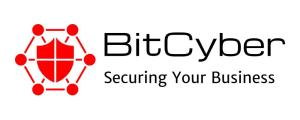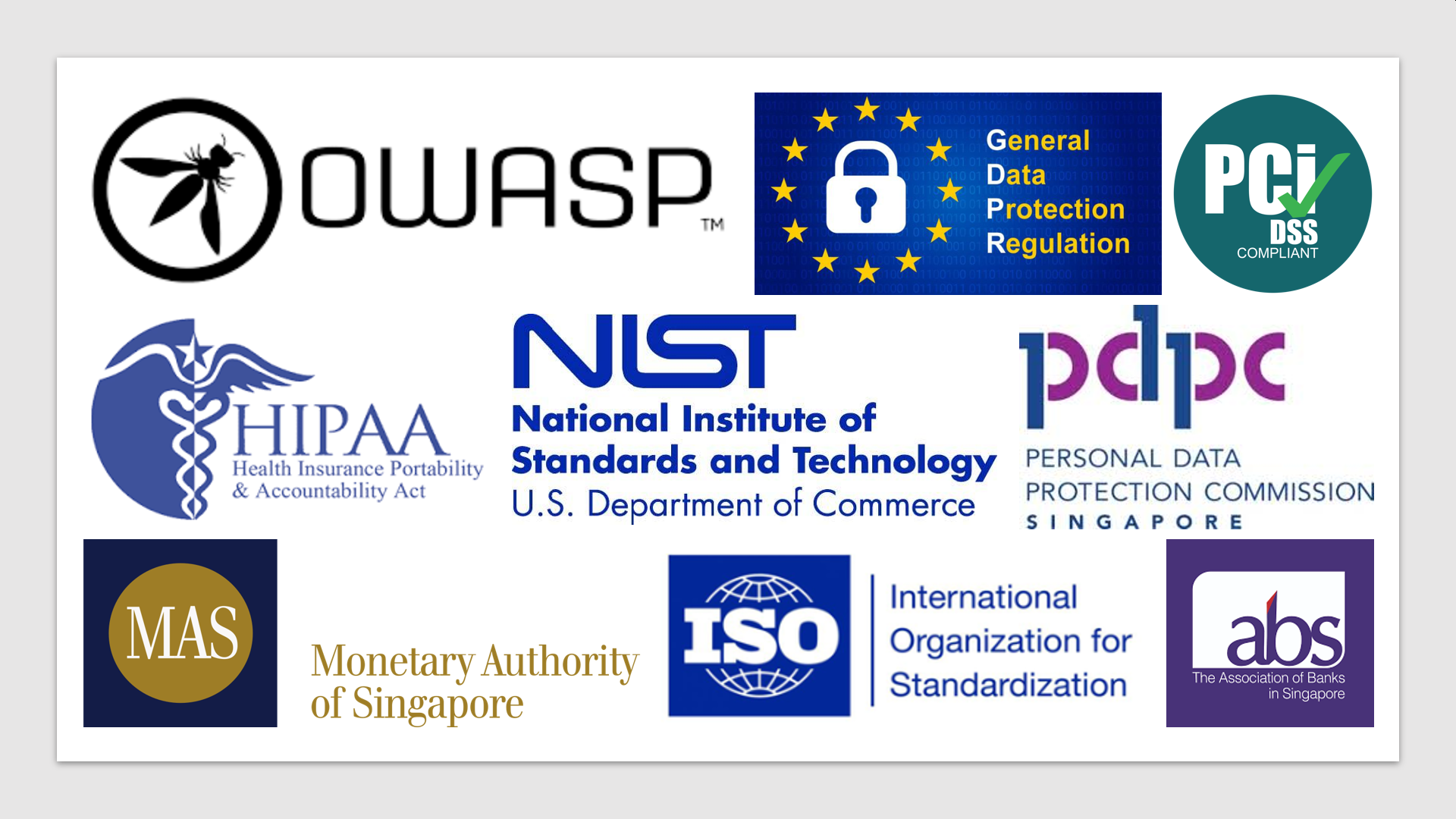Improving Your Security Posture
Vulnerability Assessment & Penetration Testing
Why do I need it?
How do you to it?
What will I get?
VAPT + Secure Code Review (DevSecOps)
Why do I need it?
How do you do it?
What will I get?
Red Teaming
Why do I need it?
How do you do it?
Black Box is where our attacking team has no (or minimal) assistance from the defending team. This simulates attackers with no inside information.
Grey Box is where the attackers get certain concessions from the defending team.
White Box is conducted where the defending team gets concessions for most attacks and carries out a broad range of attack vectors from a range of scenarios.
What will I get?
Customised Phishing Campaigns
Why do I need it?
How do you do it?
What will I get?
IT & Privacy Data Audit
The objective of a privacy data audit is to assess an organization’s privacy protection posture against any legislative/regulatory requirements or international best practices and to review compliance with the organization’s own privacy-related policies.
Why do I need it?
How do you do it?
What will I get?
IT Forensics
Why do I need it?
How do you do it?
What will I get?
Black Box is where our attacking team has no (or minimal) assistance from the defending team. This simulates attackers with no inside information.
Grey Box is where the attackers get certain concessions from the defending team.
White Box is conducted where the defending team gets concessions for most attacks and carries out a broad range of attack vectors from a range of scenarios.
The objective of a privacy data audit is to assess an organization’s privacy protection posture against any legislative/regulatory requirements or international best practices and to review compliance with the organization’s own privacy-related policies.

